How 3D printing could give you a better pill to swallow
Holly Cave meets the scientists using 3D printers to deliver safer, more effective tablets for children
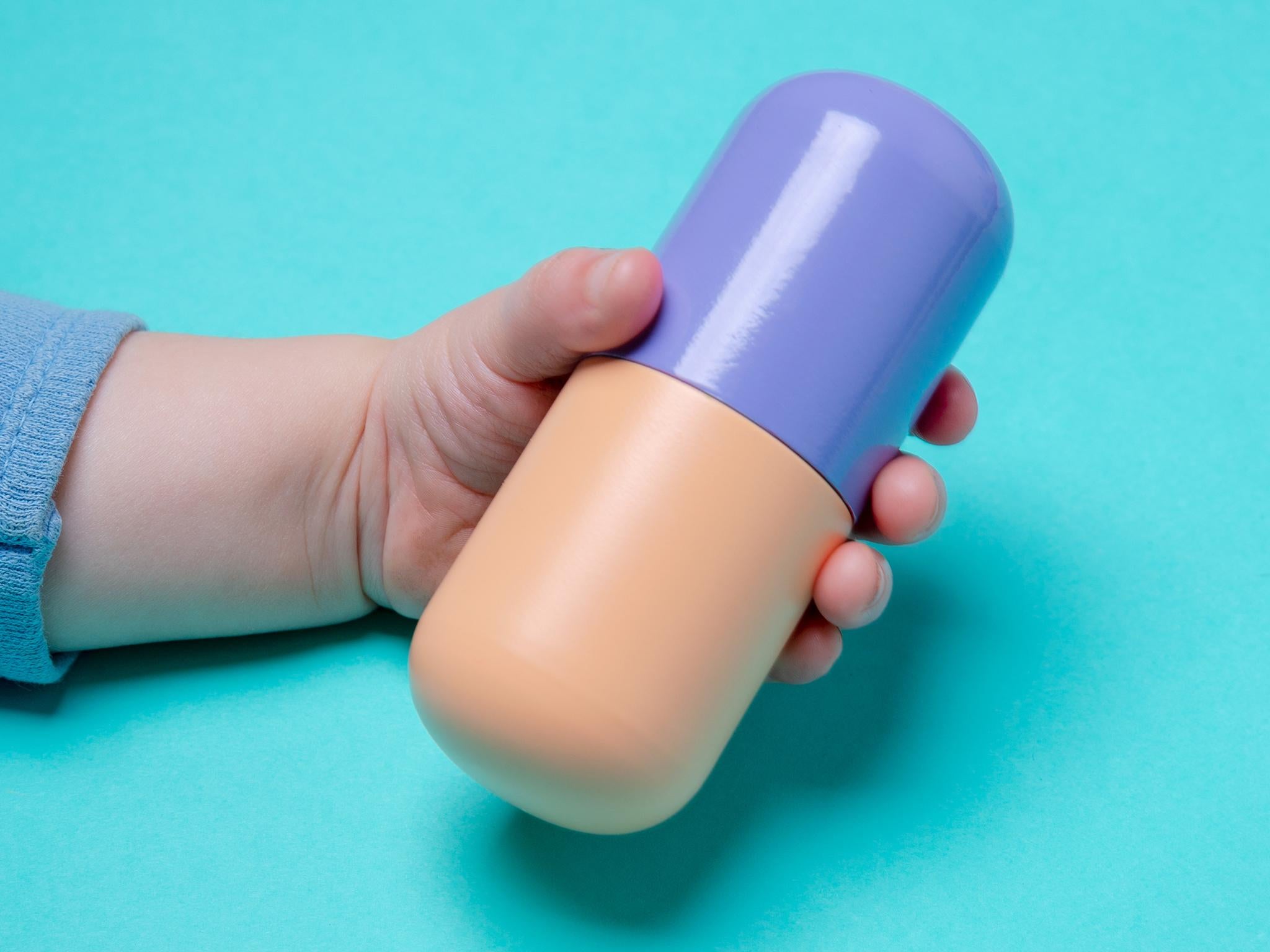
Your support helps us to tell the story
From reproductive rights to climate change to Big Tech, The Independent is on the ground when the story is developing. Whether it's investigating the financials of Elon Musk's pro-Trump PAC or producing our latest documentary, 'The A Word', which shines a light on the American women fighting for reproductive rights, we know how important it is to parse out the facts from the messaging.
At such a critical moment in US history, we need reporters on the ground. Your donation allows us to keep sending journalists to speak to both sides of the story.
The Independent is trusted by Americans across the entire political spectrum. And unlike many other quality news outlets, we choose not to lock Americans out of our reporting and analysis with paywalls. We believe quality journalism should be available to everyone, paid for by those who can afford it.
Your support makes all the difference.In March 2017, 13-year-old Joseph was diagnosed with juvenile arthritis. He has been having treatment at Alder Hey Children’s Hospital in Liverpool ever since.
“He was really, really poorly,” his mother Helen tells me. “He needed the steroids – there was no getting around that – but one of the side-effects of long-term steroid use is that your body can stop producing its own cortisol.” In effect, his adrenal glands went to sleep.
To replace the lost cortisol, a hormone involved in metabolism and the immune system, Joseph also started taking hydrocortisone tablets in January 2018, and he’ll keep taking them until his adrenal glands start producing cortisol again.
Hydrocortisone, however, is one of many medicines that cause problems for children. In the UK, it is available as 10 mg or 20 mg tablets, and adults generally take two or three whole 10 mg tablets a day. Guidance in the patient information leaflet states that children should take “0.4 to 0.8 mg a day, for every kilogram of your child’s weight in two or three separate doses”.
It is left to parents, therefore, to hack each 10 mg tablet into pieces a few millimetres in size. Joseph takes half a tablet in the morning, another half at midday and a quarter tablet at teatime.
“I’m fine about taking the tablets,” says Joseph, now 15. “But it’s annoying having to cut them up.”
“It is an absolute pain at teatime,” adds Helen, “because they’re not really designed to be broken. They did give us a little cutter, but you really can’t easily cut it into the quarters and they tend to crumble. It’s not an accurate dose.”
This can be a serious problem, explains Matthew Peak, director of research at Alder Hey: “If they’re getting an underdose because the quarter that they’ve chopped has got half of what you expect in it, then they start to fall asleep at school in the afternoons. It really affects you.
“Or you might oxidise it. In breaking up the tablet, you would be doing untoward things to the active drugs. There’s all kinds of problems that can arise.”
A few years ago, Peak began to wonder whether it would be possible to offer bespoke tablets – sized to suit them and containing the exact dosage they require. He now believes it is possible, and that the answer could lie in 3D printing.
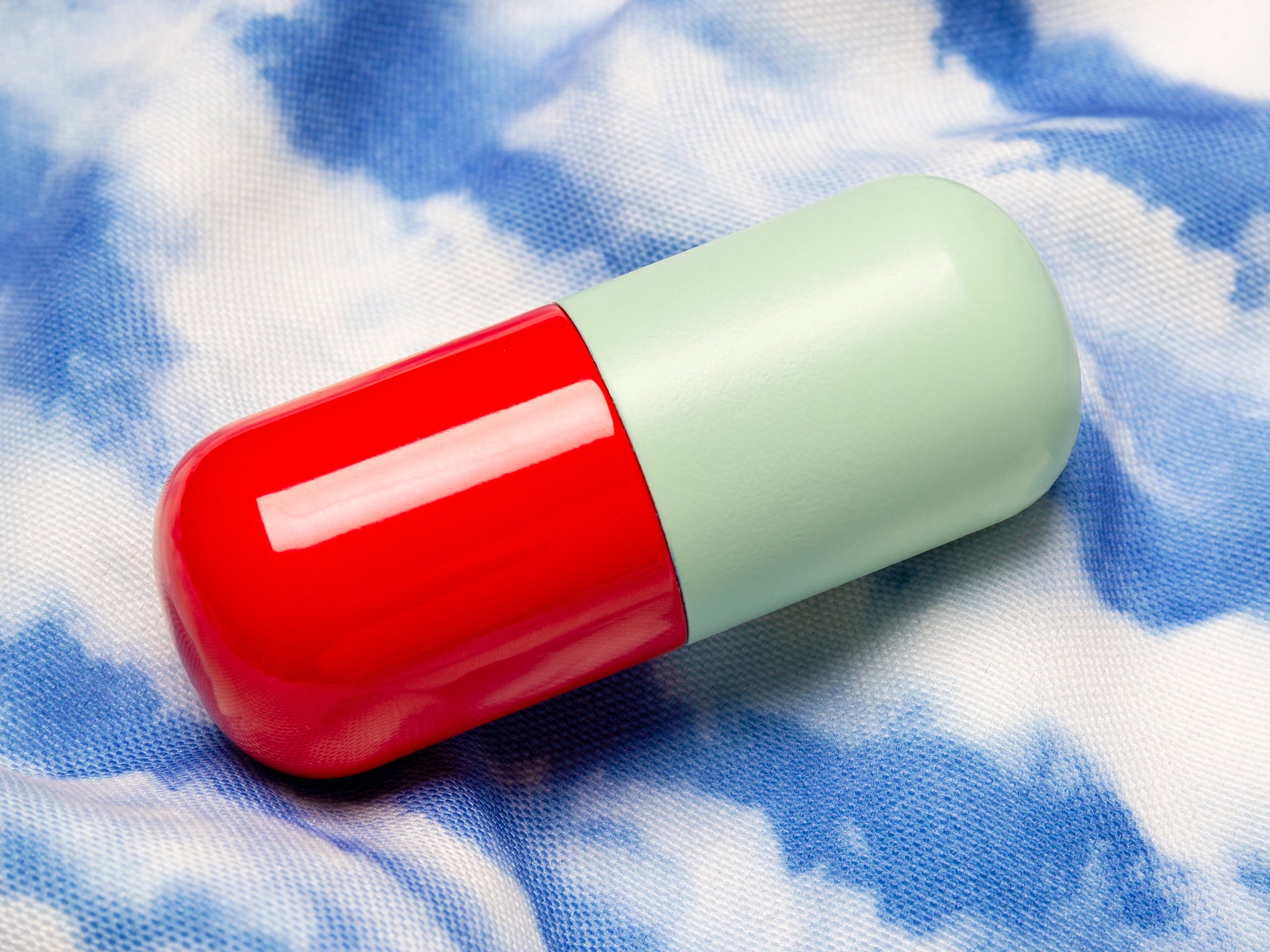
On the way to Alder Hey – five miles from the hubbub of Liverpool’s city centre – my taxi driver tells me his 11-year-old daughter is treated here for her diabetes. He talks about the place and its “brilliant” care for his child with a wide smile on his face. He seems excited for me, visiting for the first time. And he’s right to be.
Entering through the front doors from an approach lined with shrubs and sculptures, the soaring atrium is lined with bright white walls and wooden panelling. A huge mobile hangs from the ceiling, with painted wooden birds gathered on its branches. Their open beaks seem to burst with playful energy and hope. Beyond them, a treehouse made from glowing western red cedar contains the hospital’s spiritual sanctuary.
After a warm handshake, Peak leads me upstairs to the light-filled Clinical Research Facility. Here, the floors and walls zing in sunshine yellow, and you can see plants and trees from every window – one of the things that the hospital’s design group insisted upon when the original hospital was knocked down and a modern replacement built.
This is a child-centred hospital: the overall design was inspired by the winner of a drawing competition, and children were involved throughout the design process. Equally, there is a core belief that every child should have an opportunity to participate in clinical research. In 2017/18, more than 9,000 children and young people were enrolled in clinical research studies here.
And in July 2018, Peak’s team at Alder Hey became the first in the world to administer 3D-printed tablets to children as part of a research trial.
First, around 50 healthy children aged four to 12 were asked to swallow traditionally manufactured placebo tablets of three different sizes (6, 8 and 10mm) to help establish the ideal size and shape for each age group. What’s somewhat surprising is that the pharmaceutical industry has no idea what size tablets are most suitable for each age.
Twenty of these children have gone on to try swallowing tablets made in a specially adapted 3D printer. These tablets can be rougher on the surface than standard mass-manufactured drugs, and may produce stronger, possibly unpleasant sensations inside the mouth. So it’s important for the team to establish how children react to them.
Nine-year-old Ollie was one of the children taking part in the trials. “I wanted to be in research that could make taking tablets easier for poorly children,” he says. “I had to swallow three tablets and say if they were hard [to take] or not.” In the next study, he got to try 3D-printed tablets: “I picked an envelope and had to swallow a printed tablet with some water, which was easy! All the tablets were easy to swallow and I would be happy to take them every day if I was poorly.”
Ollie’s father Tim is a research nurse at Alder Hey. He’d suggested his son take part based on his own experiences of working in paediatrics for 15 years: “I have seen many situations where the taking of tablets or liquid medication has been very challenging,” he tells me. He thinks the concept of children having medicines printed to a size, shape and even flavour of their choosing would be “fantastic” and would really help with getting children to take the medications prescribed to them. Children often struggle to swallow tablets, or hate the taste of a medicine.
Babies and children, with the rest of their lives ahead of them, need formulas that taste nice so that they don’t refuse to take them. They need treatments that are comfortable so that they don’t resist and dread appointments; and they need age-appropriate medication so that prescribed dosages can be given accurately, without splitting tablets, cutting topical patches or diluting liquid medicines.
Within the next two years, the team aims to administer 3D-printed tablets containing active medication to children who need it. Those pills will contain a precise dose of an active drug to fight illness, in a size and shape (and maybe even a colour or flavour) selected by the young patient. The first drug they try will be hydrocortisone – the same drug that Joseph’s family and so many others are struggling with.
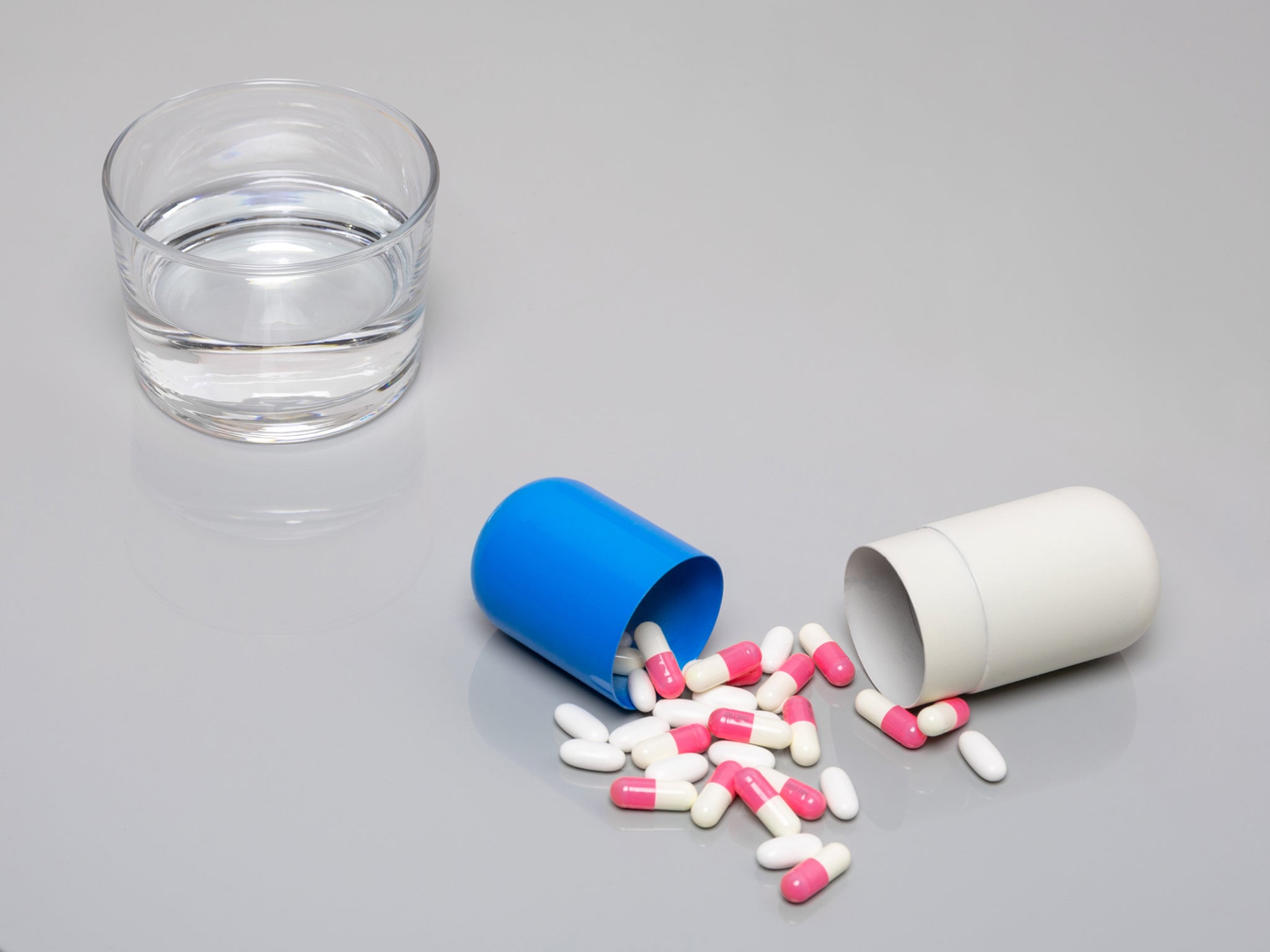
3D printing has been used to create 3D selfies, chocolate, artificial coral, clothing, cars and even houses. Within industry, its main uses are for rapid prototyping, making proof-of-concept models and creating products. Medical applications have included personalised prosthetics, dental implants and hand braces printed in plastic and metal, as well as accurate models of patients’ organs to help surgeons plan complex procedures. But 3D printing also holds promise for producing bespoke tablet sizes and dosages.
The first – and as yet only – available 3D-printed medicine is Spritam, made by Aprecia Pharmaceuticals. Made with a 3D printer that combines some off-the-shelf parts with Aprecia’s own technologies, Spritam was approved by the US Food and Drug Administration in 2015 to control seizures brought on by epilepsy.
The printer lays down thin sheets of powdered medication, and droplets of water-based fluid bind these layers together at a microscopic level. This approach squeezes in more of the active ingredients than standard manufacturing, which compresses the components by stamping them into a mould using a machine called a tablet press.
Although the final 3D-printed product is slightly taller and rougher than a standard tablet, the benefit of Spritam is that its porous layers dissolve quickly on the tongue. This makes it easier for patients to take high doses of 1,000 mg of the active drug (levetiracetam) during a seizure. Not all drugs are suited to this method of delivery, but there are various other approaches to 3D printing medicines that could help patients.
Researchers from the University College London School of Pharmacy found that the rate at which a drug is released in the body depends on the ratio between the pill’s surface area and its volume – a pyramid releases a drug faster than a cube or sphere. They established a spinout company, FabRx, in 2014, and believe they will be able to commercialise their “printlets” in the next five to 10 years.
Many pharmaceutical companies are also exploring the idea of 3D printing, although it seems unlikely, at least in the medium term, that the technology could ever compete with traditional drug manufacturing. Current technology allows GlaxoSmithKline to produce up to 1.6 million tablets per hour. In contrast, Aprecia’s 3D printers, even though they’re designed for mass production, can only make tens of thousands a day.
That’s not to say that 3D printing couldn’t make an impact on the pharmaceutical industry. One major advantage is the possibility of redistributed manufacturing – printing medicine much closer to the patient. By decentralising the manufacturing process, you can design a tablet in the UK and send it to print in California. Rather than being transported over difficult territory, essential drugs could be printed out in war and disaster zones, or in remote rural areas and low-income countries, if they were provided with a printer. Even astronauts could potentially benefit from a 3D drug printer.
3D-printed ‘polypills’ could combine multiple drugs in fixed-dose formulations, so that each drug would have a unique release profile – with some releasing upon ingestion and others taking much longer to dissolve and enter the bloodstream of the patient. For people who need to take a variety of medicines on a regular basis – including the elderly and those undergoing medical treatment for mental health issues – this approach could be life-changing.
3D printing could also support the growing trend towards more personalised medicine, where drugs based on genomics will only work with certain groups of patients. In this case, 3D printing may be more efficient than traditional manufacturing. And because the printers could be located in pharmacies, it would allow doctors and pharmacists to tailor tablets for those patients who would benefit most – including children.
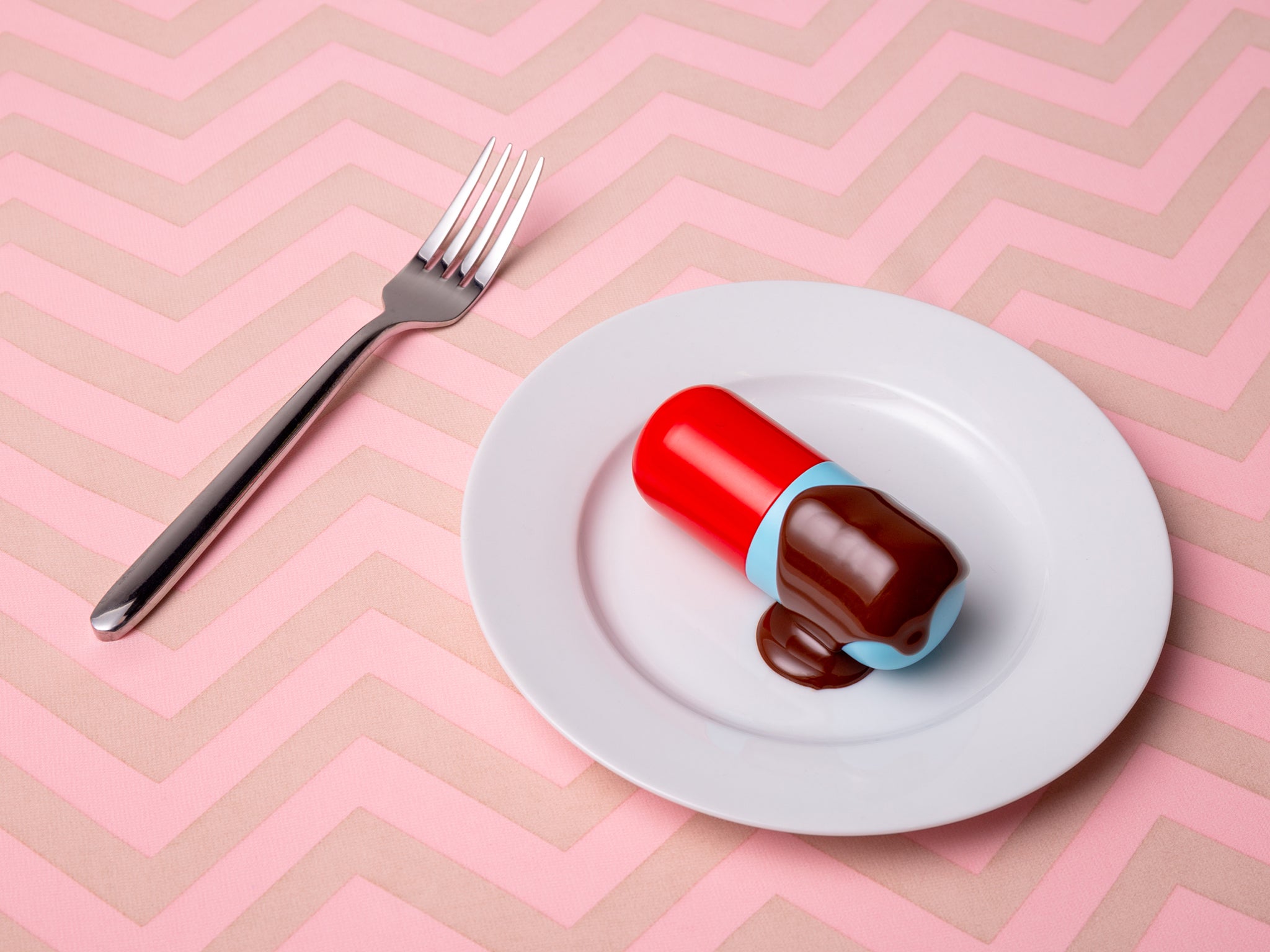
“We’ve done loads of lovely activities with kids… we’ve done workshops, and they’ve written poems about medicines – chocolate-flavoured medicines, obviously!”
Jenny Preston is senior patient and public involvement lead at the University of Liverpool. Her work at Alder Hey involves managing the involvement of children and their families in research at the Clinical Research Facility. She also coordinates the UK’s Young Person’s Advisory Groups, which let children and young people aged eight to 19 give their views on health research for people their age. In recent years, there’s been increasing emphasis on the importance of patient and public involvement in the research and design of medicines.
“The focus is making sure that young people and families have a voice in everything that we design,” she explains. “We’re really interested, as researchers, to hear what young people have to say about age-appropriate formulations, for example. Getting that young person’s perspective right from the beginning is crucial.”
One of those perspectives comes from Robyn, a former patient of Alder Hey who has remained involved in the hospital’s Young Person’s Advisory Group. She was diagnosed with polycystic ovary syndrome eight years ago when she was just 16. It was her first encounter with illness and she experienced pain and fatigue that left her unable to complete everyday tasks. At times, her treatment involved staying in the clinic for whole days at a time, hooked up to a drip. When she was finally diagnosed, Robyn realised there were no medicines for her that had been formulated for young people.
“I’ve had eight years of taking daily medication,” she says. “Certainly I would have preferred tablets that were smaller and tasted good. There’s been a fair few that make you want to be sick afterwards.
“The idea that medication can be produced for individuals with their preferences is really exciting,” she adds. “This technology gives children control back over their condition. Many illnesses take away that control, and this can be scary for children and their families.”
Beth Gibson agrees. She is a PhD student working alongside the 3D medicines project to develop a tool for assessing the acceptability of medicines to children. Using participatory techniques like drawing and discussion, she explores the young people’s perspectives.
“One child said that she’d drawn [a medicine] multicoloured because it reminded her of a sunset. She said that it would be like waking up every day and drinking this fruity drink.”
Even if these children won’t ever get the fruity or chocolatey medicine of their dreams, Gibson’s work has shown that any level of input has the power to change children’s attitudes to their care and their condition.
“They don’t really have a choice in what medicine they get and they’re not asked if they’d want a tablet or a capsule or a liquid,” she says. “They said even something that simple – being asked how they’d prefer their medicine – would make a difference to them.”
Previously studies have shown that children, parents and adult patients value and benefit from being actively involved in their treatment, for instance in taking part in formal processes to understand, monitor and report adverse drug reactions. Other work has found that shared decision-making in treatment plans tends to result in patients having greater understanding of their condition and an improved emotional state.
Preston has run workshops with the advisory groups and shown them the 3D printer in action. Although the machine looks like a chunky black microwave, it seems to print with a life of its own, casting a violet glow over the emerging tablet. She tells me they all think it’s amazing. “I think they feel really important that they’re actually contributing to something that’s quite big,” she says. “They mightn’t get the bigger picture, but they get the fact that they’re a part of something that is quite unique.”
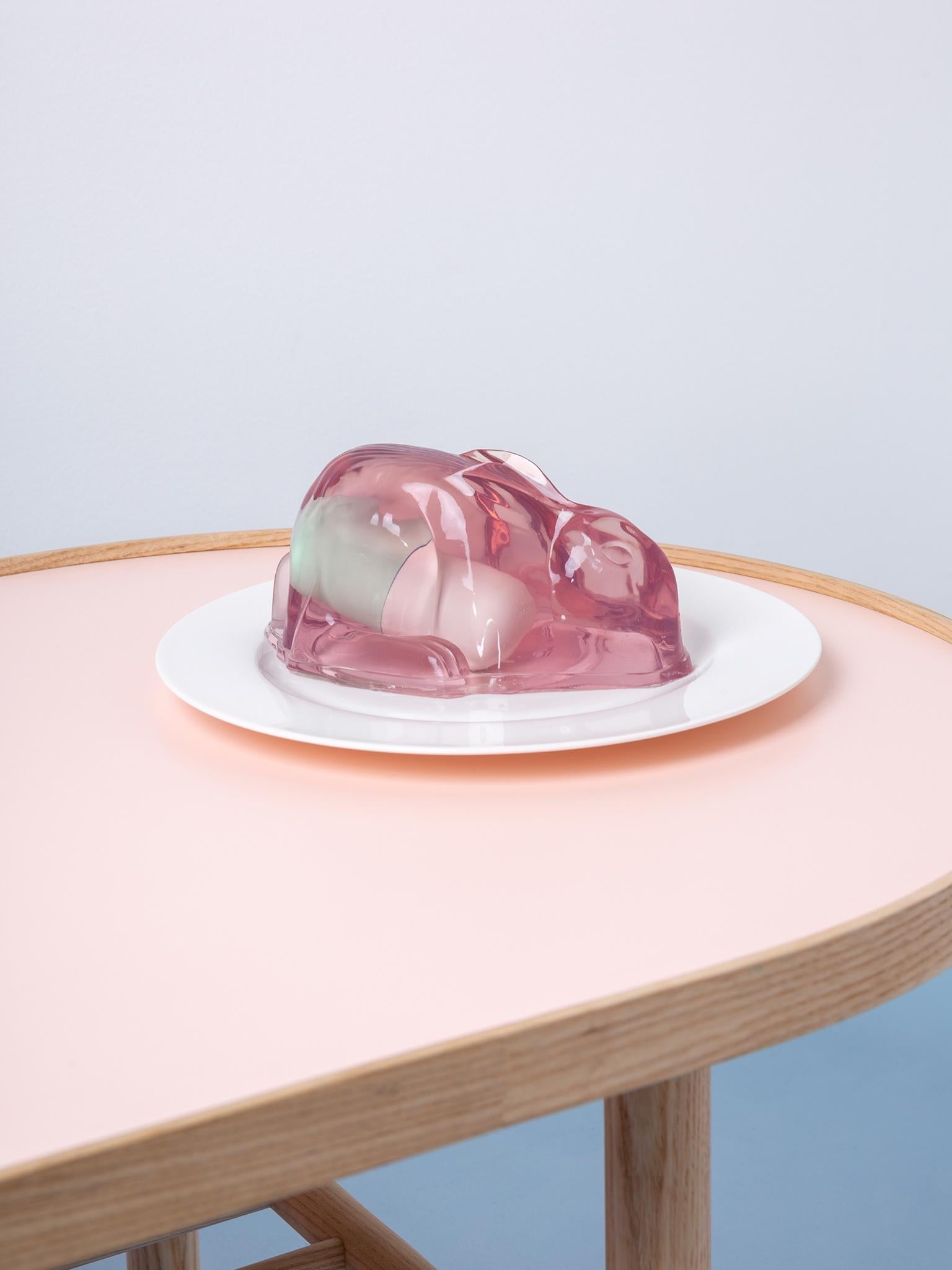
Between 2015 and 2018, the Alder Hey team worked with Mohamed Albed Alhnan, a pharmacist and expert in 3D printing medicines at the University of Central Lancashire (he moved to King’s College London in 2018). Alhnan and his colleagues focused on a type of 3D printing called fused deposition modelling (FDM) and developed a system that could replace the original filaments, or ‘ink’, in an adapted FDM printer with chemical compounds and other common ingredients in drugs, such as vegetable oils and paraffin.
Even once a suitable ink has been created to carry the drug, and a 3D printer adapted for the task, there are further technological hurdles which will vary for each drug. FDM printers operate at around 100C, which may affect less thermally stable ingredients or alter properties such as the drug’s solubility.
“We try to have a platform formulation that will work with 90 per cent of the cases,” says Alhnan. “Of course, sometimes the drug can interfere with the structure or it’s not stable, and then you have to change the formula.”
The Alder Hey team continues to collaborate with scientists at the University of Central Lancashire but before they can start printing drugs at a licensed medicine manufacturing facility, the team have to make some changes to the 3D printer. “We’ll have to do some hard work re-engineering some of the parts,” says Peak. “Tablets produced by the adapted printer will then be subjected to the same standard tests to check quality assurance of the product. We expect the tablet characteristics to be the same or superior.”
Effective quality control will be vital for driving 3D-printed pills into wider, more mainstream use, but as yet there is no clear regulatory guidance. “If something went wrong, for example, then who’s really liable?” explains Alhnan. “Is it the manufacturer of the printer? Is it the manufacturer of the ink? Is it the operator? Is it the software writers? This is uncharted territory.”
It may be that other new technologies will also be needed to support the introduction of 3D-printed medicines. Researchers in Finland are looking at whether a method called hyperspectral imaging could be used to analyse and certify printed drugs. This technique instantly captures the intensity of radiation across the electromagnetic spectrum to create an overview of a sample’s chemical composition.
And imagine if patients could print off their treatment at home. What if you could buy chemical ink and the relevant digital drug blueprint using your prescription? Who would be responsible for the drug then?
Concerns have even been raised that a 3D printer could technically be programmed to package drugs such as methamphetamines and cocaine into pill form. It’s been suggested that users could eventually print their own drugs, and experiment with mixing formulations, instead of buying them through dealers.
However, manufacturing illegal substances using 3D printing doesn’t offer any particular benefits, argues Alhnan. “You still have to source the ‘ink’, which is the pure drug of interest, and it’s kind of a waste trying to dilute it to make it into a 3D-printed tablet,” he says.
Although it’s within the realm of possibility, printing your own tablets at home remains a distant prospect. Peak and Alhnan have both set their sights on a system that gives flexibility to healthcare professionals making medicines for their patients.
“The long-term ambition is that we produce a pre-product – something like pharmaceutical ink – and we leave the final step of controlling the shape and the dose of the tablet to the clinician and the pharmacy,” says Alhnan. “Of course, there are a lot of regulatory hurdles to ensure it’s safe and legal, but that’s the long-term vision.”
In fact, regulatory requirements mean that Alder Hey’s first clinical trial using 3D-printed hydrocortisone tablets will be with adults. “We’ll be seeing that our product releases the active drug as it should do,” says Peak.
“Once we’ve done that, then we may be able to extrapolate those data for children straight away – that’s one possibility – or we’ll come in here [to the Clinical Research Facility] and do the children’s trial.”
It will likely be another couple of years before they can start trials with children, so whether Joseph and his family benefit from this work remains to be seen. What is certain is that there will always be new generations of children and young people who desperately need tailored drug dosages in easy-to-take tablets. And right now, 3D printing looks set to provide a solution.
“Eventually,” says Peak, “I think we’ll see 3D printers in every pharmacy. Things are definitely moving in that direction because the technology is developing so quickly.”
This article was first published by Wellcome on mosaicscience.com and is republished under a Creative Commons licence. Sign up to the Mosaic newsletter here.
Join our commenting forum
Join thought-provoking conversations, follow other Independent readers and see their replies
Comments